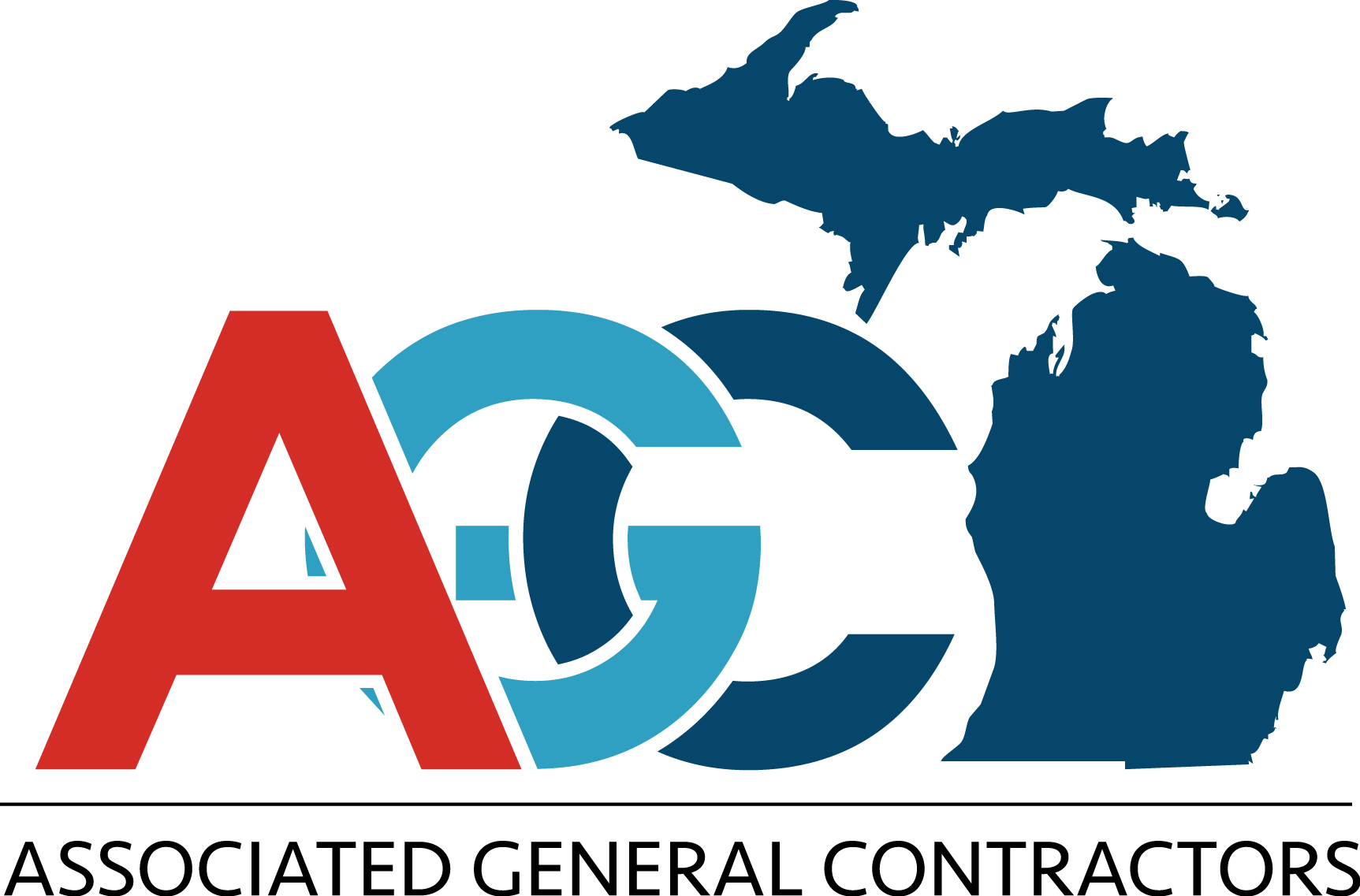Built on the former site of the historic Detroit Studebaker Plant, Piquette Square Home for Veterans is the second project of its kind in Michigan, and one of the largest of in the United States.
NEW CONSTRUCTION
Location: Detroit, MI
Contract Value: $14,802,727
Size: 107,000 SF | 150 Units | 4 Stories | 12,060 SF Commercial Space
Year Completed: 2011
Client: Southwest Housing Solutions
Financing: MSHDA, LIHTC
Architect: Shelter Design Studio
Awards: 2011 Phoenix Award for National Community Impact | 2011 Phoenix Award National Grand Prize Runner-Up |
National Association of Home Builders Multi-Family Awards Best Green Building Concepts Finalist
Built by O’Brien Construction in 2011, Piquette Square Home for Veterans is a 4 story, 150 unit apartment complex located in Detroit’s New Center area. The 107,000 square foot structure boasts 11,000 square of feet of common area as well as 12,060 square feet of commercial space on the first level. Developed and managed by Southwest Solutions, Piquette is designed to provide homeless veterans in the City of Detroit with permanent housing as well as a comprehensive offering of supportive services. These services are on-site and include mental health counseling, substance abuse treatment, on-site job training, computer labs, and educational programs. Piquette Square is the second project of its kind in Michigan, and one of the largest of in the United States.
On April 5, 2011, Piquette Square Housing for Veterans received the prestigious Phoenix Award for National Community Impact 2011. This award recognizes outstanding revitalization projects based on five criteria: magnitude of the project, innovative techniques, solutions to regulatory and social issues, and impact upon the community. Awardees are determined by a panel of environmental professionals and business and government leaders.
The building site for Piquette Square had varied uses over its history, but it best known as the former location of the Detroit Studebaker Plant which operated from the mid 1900’s to the 1940s. In later years, the location was owned by the Michigan National Guard Armory and also operated as a warehouse and meat market prior to being destroyed by fire in 2005. The Brownfield redevelopment of Piquette Square represents a comprehensive collaboration among government, non-profit, corporate and individual funders and service providers. Taking almost 2 years to build, the project was financed with a blend of public and private resources and funding. Developing the property required considerable environmental remediation as a result of 80 years of manufacturing and industrial use. The 3.28 acre site was polluted with petroleum products from leaking underground storage tanks as well as other contaminants. Preparing the site for residential use required removing 50,000 tons of contaminated soil and installing a sub-slab ventilation and vapor barrier system.
Piquette Square boasts a variety of sustainable and energy efficient architectural aspects. Most notably, the facility uses a cutting-edge geothermal heating and cooling system which all but eliminates the requirement for natural gas utilities. By using this renewable technology, the facility has a decreased dependence on fossil fuels and therefore significantly reduced operating costs.
The building features many other “green” technologies including:
- Concrete block and brick masonry providing longevity and durability to the exterior envelope of the building
- Energy efficient windows with insulated glass
- PVC membrane roofing, which significantly reduces heat gain within the building
- Super insulated walls and ceilings assemblies that provide thermal efficiencies exceeding code requirements
- Sub-slab ventilation system which prevents the intrusion of below grade vapors from gaining access to the building, creating a healthy interior environment
- Energy efficient electrical fixtures, reducing overall demand for electricity
- Lighting control systems which economize the building's overall electric "waste"
- Low VOC paints and products in finished spaces
- Carpet squares with a significant post-industrial recycled content
- Location of building within walking distance to several public ways, reducing the necessity to travel by automobile
Geothermal System: The geothermal system in Piquette Square is designed as “hybrid” system, incorporating four central water to water heat pumps to service Whalen fan coil units in the apartments via a four pipe distribution system. Common areas and offices are controlled by individual water to air heat pumps feeding directly from the ground loop. The four pipe distribution system to the apartments allows the central heat pumps to provide simultaneous heating and cooling water, thereby providing each resident the ability to maintain their apartment at the desired comfort level. The central heat pumps provide both heating and cooling water through a specified outdoor temperature range providing only heat below the lower limit and only cooling above the upper limit. This is accomplished through the use of advanced control systems. Three of the heat pumps provide both heating and cooling water, while the fourth is dedicated to heat only and provides the majority of the hot potable water for the building as well as additional heating load if ever necessary. The local water to air heat pumps condition the hall in the living areas and the office and recreational areas. They provide heating or cooling as required by the thermostat setting. This system has proven to be very efficient to operate and provides the building occupants with a wide range of comfort levels.
Lighting and Controls: Another innovation is the use of Verve lighting controls in all apartment units. Verve switches utilize energy harvesting, radio frequency technologies to control lighting, receptacles and temperature. The simple act of turning a switch on or off generates enough energy to transmit radio signals to the 10-channel controller across distances as great as 300 feet. Because each switch generates its own power, Verve switches are completely wireless and battery-less. Every Verve switch can be mounted or moved virtually anywhere allowing for wheelchair bound veterans to carry their light switch with them. The use of this system reduced the amount of copper wire needed by eliminating runs to switch locations and allows for greater control of lighting schemes and electricity usage.
Envelope: The building envelope was designed perform at a high level of thermal efficiency. Panelized wall assemblies were designed using 2x6 construction which allows for greater amounts of insulation to be installed and far exceeds current standards. The unvented roof assembly and light reflective Durolast roofing membrane work to keep solar gain to a minimum. Sprayed cellulose insulation was chosen not only for its thermal properties but also for its sound deadening ability, which is a vital factor due to the building’s location near roads and railroad tracks. The Capitol 455 windows have very good thermal rating with very low air infiltration, and combined with the stringent Tyvek installation requirements provide a building shell with very low air infiltration. All these factors work in concert to give Piquette Square a very efficient building envelope.
Environmental Safety: Developing the property required considerable environmental remediation as a result of 80 years of manufacturing and industrial use. The 3.28 acre site was polluted with petroleum products from leaking underground storage tanks as well as other contaminants. Preparing the site for residential use required removing 50,000 tons of contaminated soil and installing a sub-slab ventilation and vapor barrier system.
Piquette Square was completed in June of 2010 and was completely leased within 60 days of its July 2010 opening. O’Brien is proud to be part of a project that is not only a fine example of state-of-the-art construction, but also impacts the lives of so many valued members of the Detroit community. Piquette Square demonstrates how when people come together, we can transform blighted, dilapidated communities into vibrant, thriving beacons of hope.




